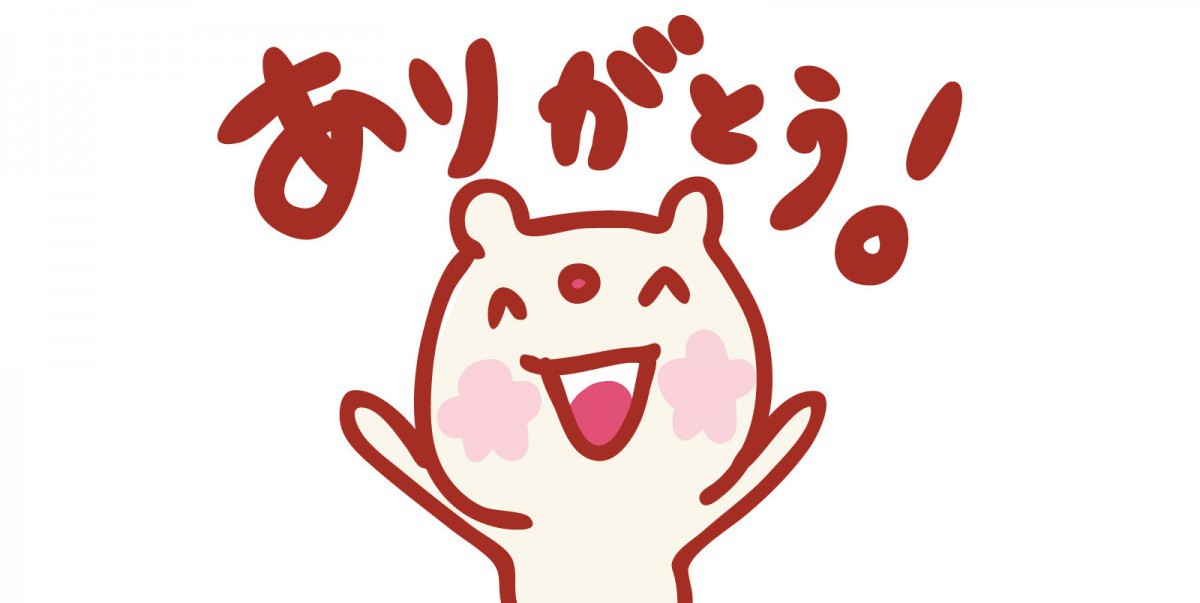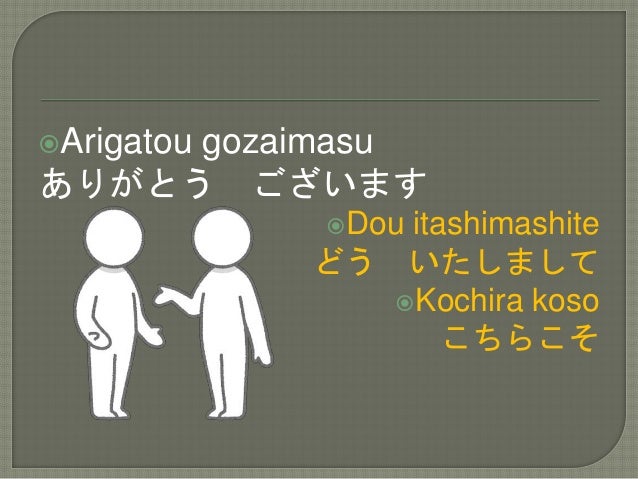Everybody who learns foreign languages will find out the way to greet or to say the love and compassion. The Japanese are very special, they has the unique way to express love and feelings for their lover. Now let’s explore the Japanese culture from the way to say I love you in Japanese.
- 5 things may distract you when learning japanese online
- 3 tips for choosing online japanese course
- 5 Recommended JAPANESE LESSONS WEBSITES for beginners
- how to say I love you in Japanese
In Japanese, "love" is, "愛" (ai) , and the verb form "to love" is, "aisuru(愛する)". "I love you" can be literally translated as, "aishite imasu (愛しています)". "Aishiteru (愛してる)", "aishiteru yo (愛してるよ)" or "aishiteru wa (愛してるわ, female speech)" is normally used in conversation. "Yo" and "wa" at the end of the sentence are sentenced ending particles.
However, the Japanese don't say "I love you" as often as people in the west do, mainly because of cultural differences. I am not surprised if someone from Japan says that they have never used this expression in their life.
The Japanese generally don't express their love openly. They believe that love can be expressed by manners. When they put their feelings into words, it is preferred to use the phrase "suki desu (好きです)". It literally means, "to like". "Suki da (好きだ)," "suki dayo" (好きだよ, male speech) or "suki yo (好きよ, female speech)" are more colloquial expressions. There are many variations of this phrase, including regional dialects (hogen). "Suki yanen (好きやねん)" is one of the versions in Kansai-ben (the Kansai dialect). Since the phrase can also mean "I love it", and because of the popularity of Kansai-ben, it is used as the name of an instant noodle soup product
If you like somebody or something very much, "dai (literally means, big)" can be added as the prefix, and you can say "daisuki desu (大好きです)".
There is another word to describe "love" which is "koi (恋)" can be roughly translated as "love" in English. However, they have a slightly different nuance.The kanji character for "kokoro (心, heart)" is included as part of both kanji characters. Compare the kanji characters below (From left "kokoro," "ai" and "koi").
心、愛、恋
Both "ai (愛)" and "koi (恋)" can be roughly translated as "love" in English. However, they have a slightly different nuance. Here are some proverbs that include "koi."
- 恋に師匠なし
Koi ni shishou nashi - Love needs no teaching.
- 恋に上下の隔てなし
Koi ni jouge no hedate nashi - Love makes all men equal.
- 恋は思案のほか
Koi wa shian no hoka - Love is without reason.
- 恋は盲目
Koi wa moumoku. - Love is blind.
- 恋は熱しやすく冷めやすい。
Koi wa nesshi yasuku same yasui Love becomes deep easily, but cool
The Japanese sometimes use the English word "love" as well, though it is pronounced as "rabu (ラブ)" (since there is no "L" or "V" sound in Japanese). "A love letter" is usually called "rabu retaa (ラブレター)." "Koibumi (恋文)" sounds a bit dated, and it is more of a literary word than a conversational word. "Rabu shiin (ラブシーン)" is "a love scene". Young people say "rabu rabu (ラブラブ, love love)" when they are very much in love.
Expressing your love in a foreign language is way trickier than it seems. And in Japan, love is quite a serious affair so use the true sentences in the true situation to expressing yourself.
























